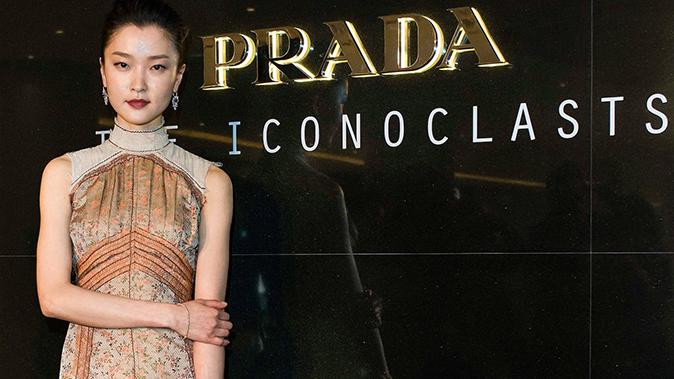NEW YORK—The established luxury brands in China have hit the perfect storm. At a time when Chinese high net-worth consumers are tiring of status quo retailing, a government clampdown on graft and corruption is pushing buyers even further away from the flashy logos they once coveted.
Prior to the regime’s anti-corruption crackdown, which started in 2013 shortly after Xi Jinping came to power, corporate gifting to obtain “guanxi,” or business relationships, was a huge driver of the global luxury industry, accounting for approximately 10 percent of Chinese discretionary spending, according to the Hurun Report, a monthly magazine best known for its China Rich List.
Now, with the arrest of hundreds of high-level and mid-level officials for corruption, sales of almost everything, including luxury European watches and high-end alcohol are down. "The government’s crackdown on luxury gifting continues to have its effect, with luxury gifting down ... 30 percent over two years,” according to a statement by Hurun Report chief researcher and Chairman Rupert Hoogewerf earlier this year.





